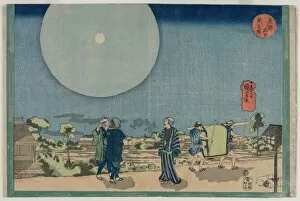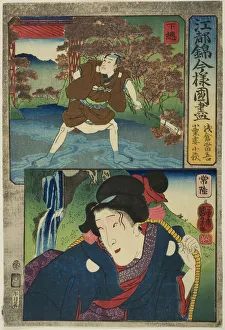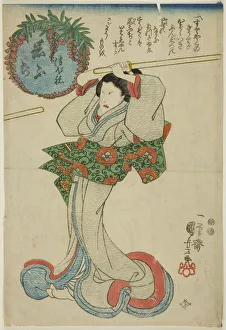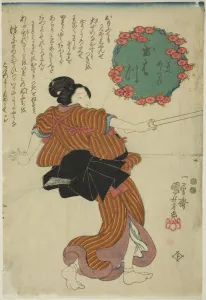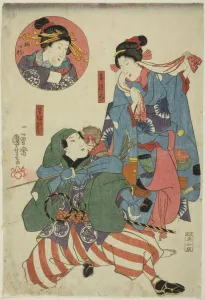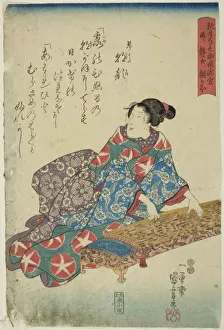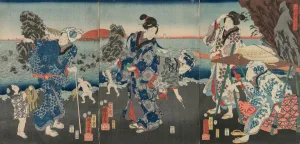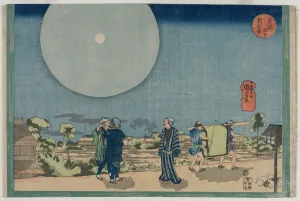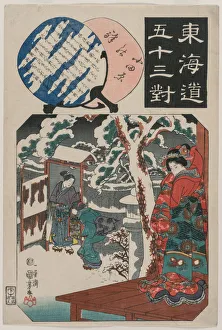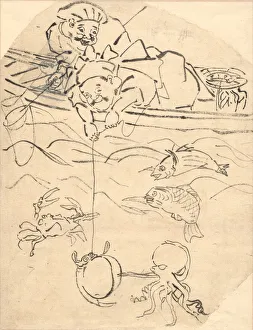1797 1861 Collection
"1797-1861: A Glimpse into the Artistic World of Late Edo Japan" Step back in time to the late 1820s
All Professionally Made to Order for Quick Shipping
"1797-1861: A Glimpse into the Artistic World of Late Edo Japan" Step back in time to the late 1820s, where a series of captivating artworks titled "Five Pictures of Low Tide" transports us to the shores. In one frame, we witness a Woman Digging Clams with utmost concentration, her connection to nature evident in every stroke. The same series showcases another intriguing piece - Woman with an Octopus; its mysterious allure leaves us pondering about the depths it symbolizes. Moving on from low tide scenes, we encounter a glimpse into everyday life during this era. A Woman Fastening her Skirts captures a moment frozen in time as she meticulously adjusts her attire. Meanwhile, Rori Hakucho Chojun introduces us to one of the 108 Heroes from the novel Shui Hu Chuan, their heroic spirit shining through even in art. Venturing further into early 1830s Eastern Capital (Tokyo), Famous Places takes center stage. New Yoshiwara (Shin Yoshiwara) reveals an iconic district renowned for its entertainment and pleasure quarters – a bustling hub that captivated both locals and visitors alike. Omori presents another famous locale with its serene beauty beckoning travelers seeking respite from city life. The mid-1840s brings forth Odawara Station: Minamoto Yoritomo Visits the Daughter of Ito Nyudo. . Here we witness historical events intertwined with artistic expression as power dynamics unfold before our eyes. Utagawa Kuniyoshi's masterpieces grace this period too – Daikoku and Ebisu depict two Gods of Happiness radiating joy and prosperity while Geisha Standing on the Bank of Sumida River evokes elegance amidst nature's backdrop. Lastly, Shimosa Province Asakura Togo Hitachi Province invites us to explore scenic landscapes beyond Tokyo's borders – an invitation to discover more of Japan's breathtaking beauty.





